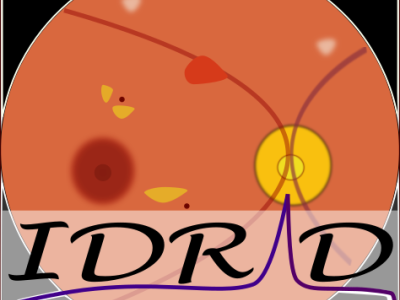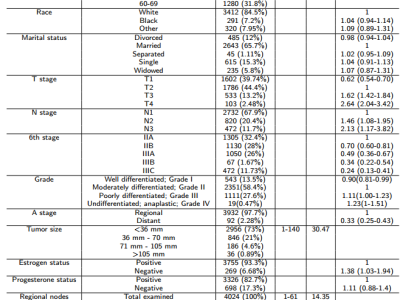SynGen6: Synthetic Genomic Dataset with Diverse Ancestry

- Citation Author(s):
-
Xinyue Wang (Renmin University of China)
- Submitted by:
- Jaideep Vaidya
- Last updated:
- DOI:
- 10.21227/j3s2-xe98
- Data Format:
 98 views
98 views
- Categories:
- Keywords:
Abstract
SynGen6 is a synthetic genomic dataset that encompasses six distinct populations. We utilized Principal Component Analysis (PCA) and ϵ-local differential privacy (LDP) to generate synthetic samples. We then simulated phenotype vectors associated with significant SNPs, mirroring real-world gene-disease associations. We also generated synthetic SNPs to watermark the dataset enabling verification of outsourced computations. Lastly, synthetic relatives were created to support research on kinship inference and family-based genomic analyses. The actual SynGen6 data can be created by running
our scripts in the All of Us Research Hub WorkBench. Here, we provide a toy example based on the 1000 genomes public dataset.
Instructions:
Sample SNP Data (CSV): This file contains the SNP data for all individuals in the dataset. Each row corresponds to a unique individual.
– Column 1: Sample ID. A unique identifier for each individual.
– Column 2: Ancestry. The ancestry group (e.g., African, European, etc.).
– Columns 3 onward: Each column represents a specific SNP, with values reflecting the genotype (e.g., 0, 1, or 2).
Phenotype Condition Data (CSV): This file contains phenotype information for each individual.
– Column 1: Sample ID. Unique identifier for each individual.
– Column 2: Phenotype Condition. A binary variable representing the presence (1) or absence (0) of the simulated condition.
Watermark SNP Data (CSV): This file includes the synthetic watermark SNPs designed to ensure data integrity.
– Columns 1-20: Watermark SNPs ID. Synthetic SNPs used for validation purposes.
– Row 1-30000: Sample ID. Each row represents the SNPs values for each sample.
– Row 30001: p-values. The p-values indicates the statistical association between each watermark SNP and the phenotype condition.
Kinship-Relatedness Data (CSV): This file provides information on the synthetic relatives in the dataset.
– Column 1: Sample ID - The ID of the synthetic individual related to a sample in the Sample SNP Data file.
– Column 2: Ancestor ID - The Sample ID from the Sample SNP Data to which the synthetic individual is related.
– Column 3: Relatedness - Presents the kinship relationship.
– Column 4: Kinship Coefficient - Provides the calculated kinship coefficients between the SNP data of the synthetic individual and its ancestor.
Synthetic Relatives SNP data: This file provides SNP information on the synthetic relatives in the dataset.
– Column 1: Sample ID. A unique identifier for each individual.
– Columns 2 onward: Each column represents a specific SNP, with values reflecting the genotype (e.g., 0, 1, or 2).






